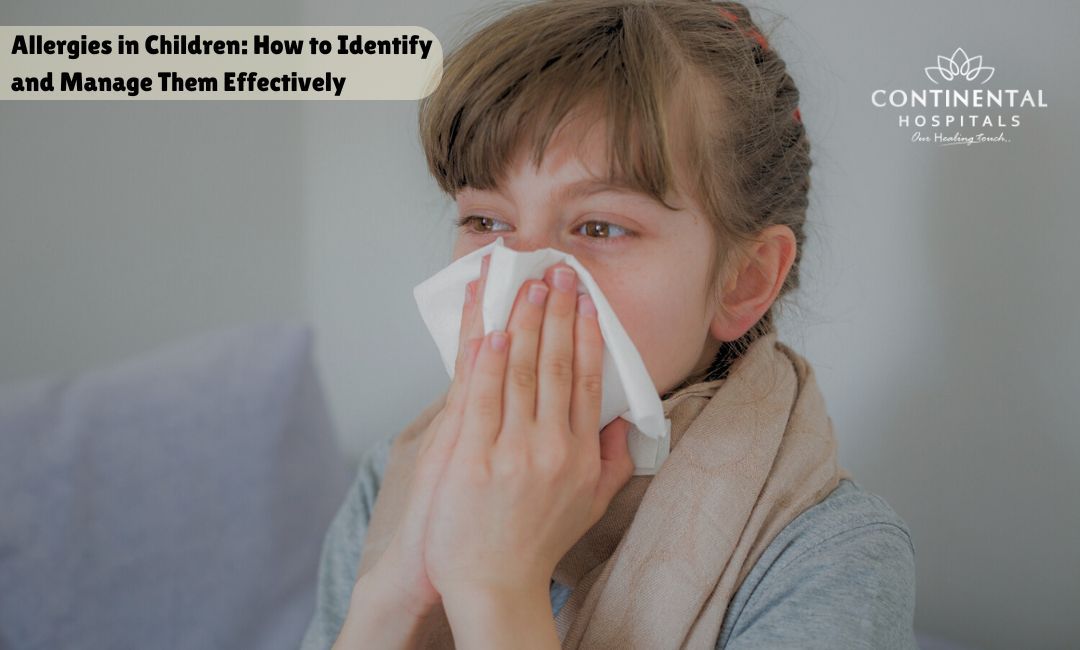Childhood allergies are a common health concern that can have a significant impact on a child’s quality of life. Allergies occur when the immune system reacts to a substance in the environment, such as pollen, pet dander, or certain foods, as though it were a threat to the body. This immune response can result in a wide range of symptoms, from mild itching and sneezing to more severe reactions like hives, difficulty breathing, or anaphylaxis.
Identifying Triggers
The first step in managing childhood allergies effectively is to identify the triggers that are causing the allergic reactions. This may involve keeping a diary of symptoms and potential exposures, working with a pediatrician or allergist to conduct allergy testing, or using a process of elimination to determine which substances are causing the reactions. Once the triggers have been identified, steps can be taken to minimize exposure and reduce the risk of allergic reactions.
Creating a Treatment Plan
After identifying the triggers, it’s important to work with a healthcare provider to create a comprehensive treatment plan for managing childhood allergies. This plan may include allergy medications, such as antihistamines or corticosteroids, to help control symptoms. In some cases, allergy shots or oral immunotherapy may be recommended to help desensitize the immune system to specific allergens.
Managing Allergies at Home
In addition to medication, there are several steps that can be taken at home to help manage childhood allergies effectively. These may include:
Keeping the home environment clean and free of dust, mold, and pet dander
Using air purifiers and HEPA filters to remove allergens from the air
Washing bedding and stuffed animals regularly in hot water to kill dust mites
Using allergen-proof covers on pillows and mattresses
Avoiding exposure to known triggers, such as keeping pets out of certain areas of the home or avoiding outdoor activities during peak pollen seasons
Creating an Allergy Action Plan
It’s important to have an allergy action plan in place to ensure that you are prepared to respond to a potential allergic reaction in your child. This plan should include:
A list of your child’s allergies and triggers
Emergency contact information for healthcare providers
Instructions on how to administer medications or use an epinephrine auto-injector in case of a severe allergic reaction
Steps to take in an emergency, such as calling 911 or going to the nearest emergency room
Working with Schools and Caregivers
If your child has allergies, it’s important to communicate with their school or daycare provider to ensure that they are aware of your child’s allergies and are prepared to respond in case of an allergic reaction. This may involve providing allergy medication or an epinephrine auto-injector to the school, educating teachers and staff on how to recognize and respond to allergic reactions, and developing an individualized healthcare plan for your child.
Conclusion
Childhood allergies can be a challenging condition to manage, but with the right knowledge and support, it is possible to effectively control symptoms and reduce the risk of allergic reactions. By identifying triggers, creating a treatment plan, managing allergies at home, creating an allergy action plan, and working with schools and caregivers, you can help ensure that your child stays safe and healthy despite their allergies. If you have any concerns about your child’s allergies or are unsure of how to manage them effectively, be sure to consult with a healthcare provider for personalized guidance and support.

